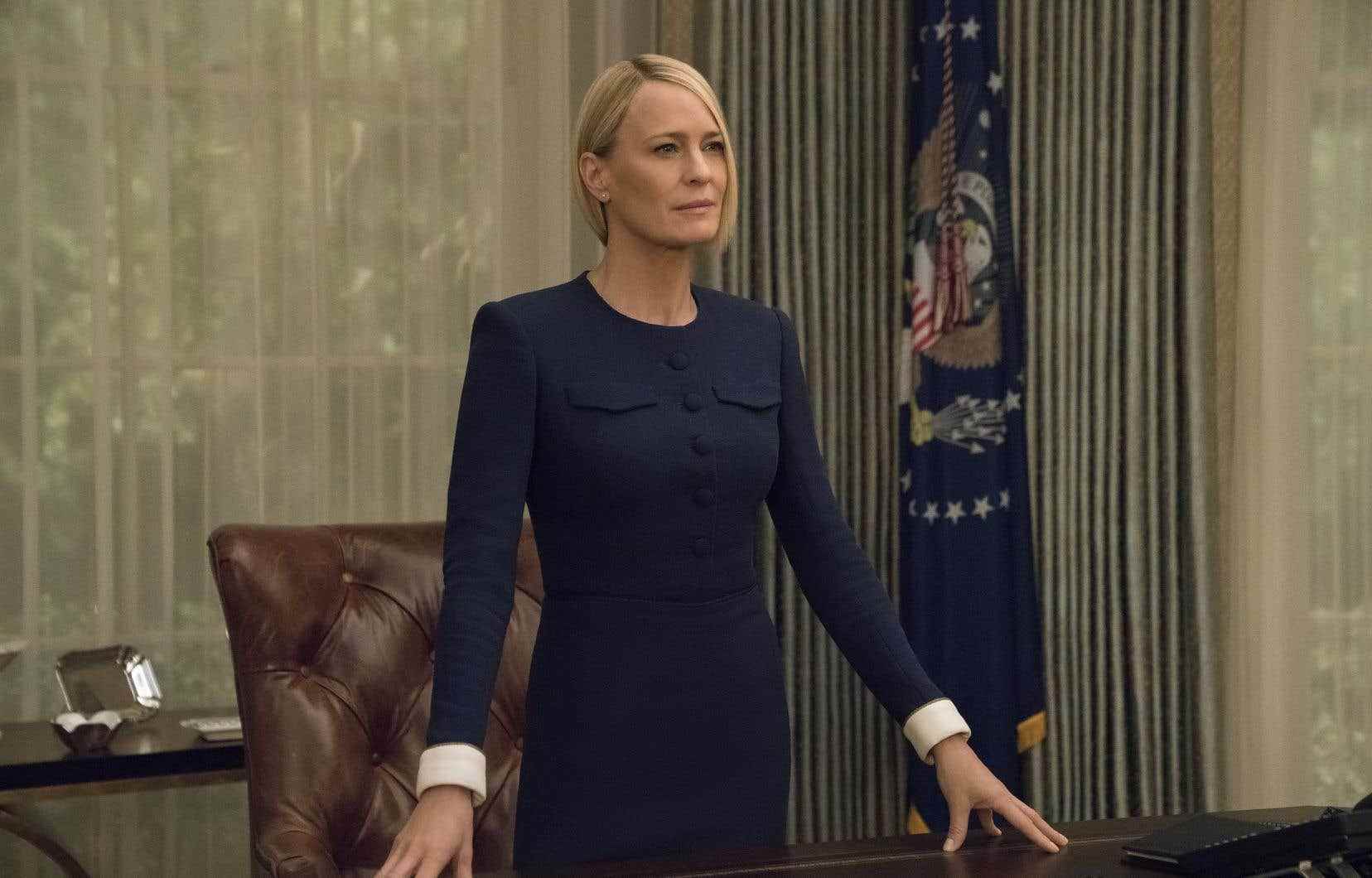More than any other television production, House of Cards embodies a transition to our era of digital platforms and compulsive viewing. Streamed exclusively on Netflix, the series became the first of its kind to win Emmys and achieve true success. The tenth anniversary of its first season, launched with great fanfare on 1er February 2013, allows us today to better measure its importance.
“The output of House of Cards represents a defining moment, argues Pierre Barrette, professor and director of the School of Media at the University of Quebec in Montreal, a television specialist. With this series, Netflix is implementing a profitable and landmark strategy, that is to say, investing in original content and putting the package into it, betting on quality. »
The platform hit the nail on the head, especially as all the ingredients were there to make House of Cards A great success. Adapted from a British political series which was very popular in the early 1990s, itself adapted from the novel of the same name by Michael Dobbs, this remake based in Washington chronicles the meteoric rise to power of Frank Underwood, a member of the United States Congress (Kevin Spacey), and his wife, Claire (Robin Wright).
Borrowings from the cinema
“The producers came up with something that was rare at the time: they used cinema craftsmen, and not just anyone,” explains Mr. Barrette. Not only Kevin Spacey (Tea Usual Suspects, American Beauty) and Robin Wright (Forrest Gump) were already popular for their roles on the big screen, but filmmaker David Fincher (Seven, fight club) also directed the first episodes and co-produced the series.
Kevin Spacey’s reputation was of course tarnished when he faced accusations of sexual violence by multiple men beginning in 2017. As of early January this year, he was still pleading not guilty to all seven sexual assault charges in the UK. The last season of House of Cards, tour between 2017 and 2018, had also been finished without him. However, the verve and presence of the actor, hailed by critics, have all the same largely contributed to the notoriety of the series.
Moreover, Mr. Barrette believes that House of Cards is the first production from a platform of streaming to have adopted a cinematic approach to storytelling and directing, whereas “quality” series were once reserved for “cable channels premium » such as HBO. “This series has given a big blow. It has made it possible to reverse the degree of legitimacy granted to television productions. »
Esteem success
The teacher explains that House of Cards has “enjoyed more success in esteem than popular success”. Even if millions of viewers were there each season, it was above all its good reputation with critics, “thanks among other things to its cultural references to theater and literature”, which made it famous.
In fact, some of Frank Underwood’s dialogues are inspired by Shakespeare’s great plays such as Richard III and othello. Not to mention his many asides (already present in the British version) where he breaks the 4e wall — a technique then almost absent from television. Following the release of the first season, review aggregation website Rotten Tomatoes wrote, ” House of Cards is a gripping drama that could redefine the way television is produced. »
The series also became the first to be nominated for prestigious awards once reserved for traditional television. The first episode of House of Cards is the very first from a platform of streaming to have won an Emmy award, for its “cinematography”. Thus, in 2013, Netflix garnered 14 Emmy nominations, including 9 for House of Cards. In 2022, the platform’s series were nominated 105 times and won 26 statuettes.
Forward-thinking business model
the New York Times reports that when a Netflix content chief heard about the project, he rushed to fund it and secure the broadcast rights, because his stats showed him the series would become popular with his audience . The films of Mr. Spacey and Mr. Fincher, as well as the thrillers politics,” were already in high demand on Netflix. The company therefore signed a check for 100 million US dollars for the first two seasons, and renewed the agreement until the end, in 2018.
House of Cards is not, however, the first original series of the online broadcasting platform. This title goes to the American-Norwegian co-production Lilyhammerlaunched in the winter of 2012. It is, however, the first series to have been ordered by Netflix, whereas, in the case of lilyhammer, the platform has only reserved the exclusivity of the broadcast. Other works followed the same pattern as House of Cards shortly afterwards, in particular Orange Is the New Blackeven more popular.
compulsive viewing
The online presence of House of Cards has also caused it to be associated with the emergence of compulsive viewing (binge-watching), explains Mr. Barrette. “This practice was prevalent as early as the 1980s among a few series maniacs who had recorders, and gradually spread online. On the other hand, it was really at the time of House of Cards that it has become common, because it has been integrated into the viewing device. »
Even in the criticism of To have toin 2013, it was noted that the first season had been launched “all at once” and that “telephages” could appreciate it “in elephantine doses while supplies last” – a vocabulary that testifies to the unusual nature of the thing.
Ten years later, we see that the market for streaming has evolved at high speed and our viewing habits are still adapting to it. We also remember that House of Cards raised the eternal question of the separation of art and artist. Without daring to give a categorical answer, we can at the very least recognize that television can now, like cinema, change the world and arouse passions.
